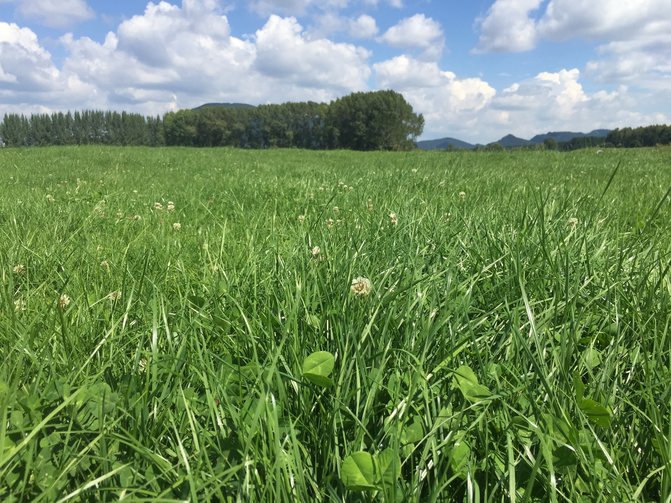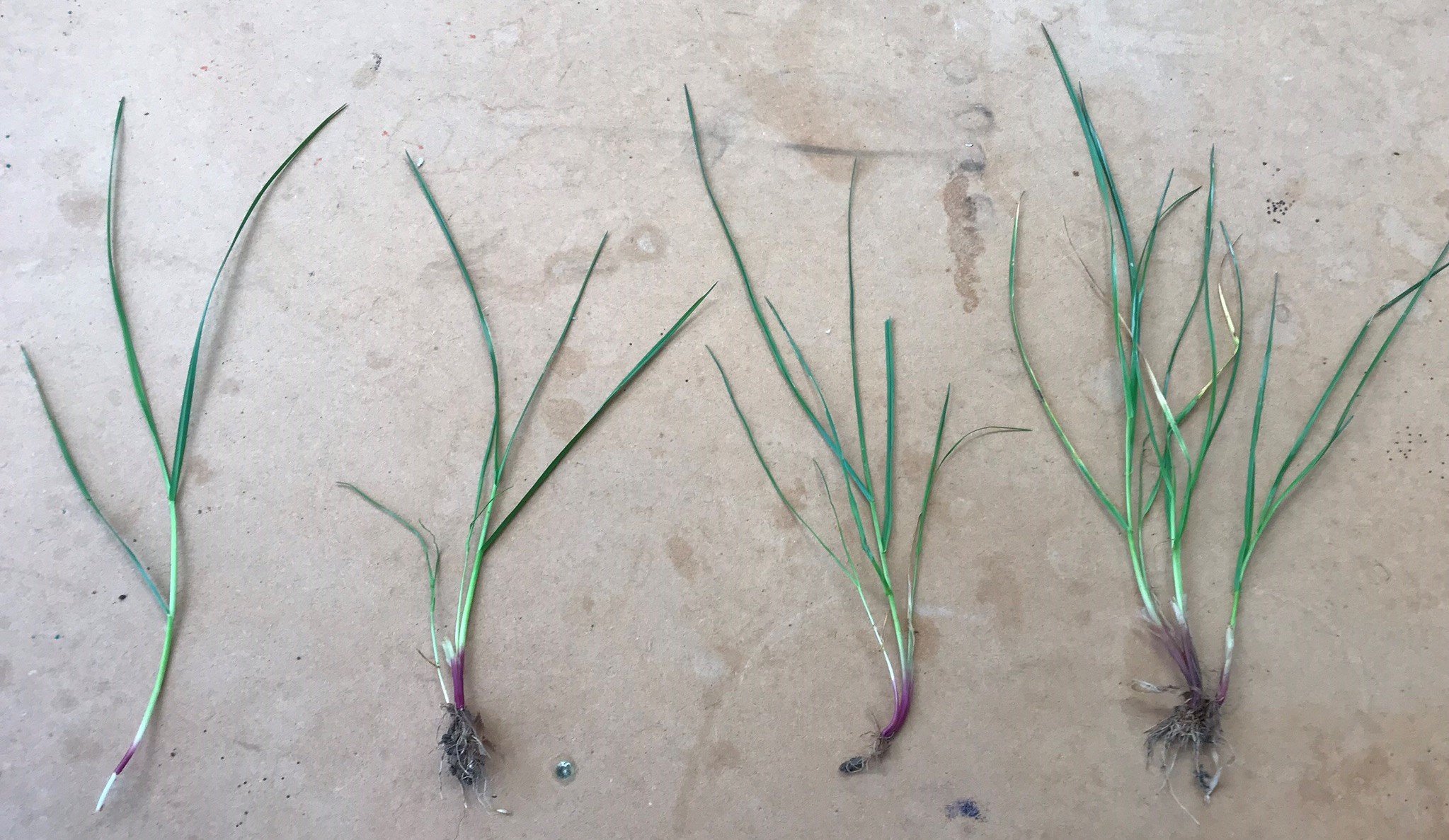These babies will transform your farm, for free
Shhh. Listen carefully… Right now, across your farm, billions of little voices are whispering to each other.
They’re all saying the same thing: “Will we get to live this spring? Or will we die before we can share our amazing power?”
Every little voice is a perennial ryegrass tiller-to-be, ready to do great things for you. Thicken pasture? You bet. Nourish your animals? Absolutely. Save you a truck-load of money? Always. Do right by the planet? Yes, yes and yes.
Help them work their magic this spring with a bit of extra care, and you won’t look back!

Shhh. Listen carefully… Right now, across your farm, billions of little voices are whispering to each other.
They’re all saying the same thing: “Will we get to live this spring? Or will we die before we can share our amazing power?”
Every little voice is a perennial ryegrass tiller-to-be, ready to do great things for you. Thicken pasture? You bet. Nourish your animals? Absolutely. Save you a truck-load of money? Always. Do right by the planet? Yes, yes and yes.
Help them work their magic this spring with a bit of extra care, and you won’t look back!
3 for the price of 1
Imagine if your breeding animals only lived for a year, but each still raised triplets before they died. A brief, but highly productive life, right?
That’s exactly how perennial ryegrass tillers live. Each one only lasts about a year. Then it dies, but not without leaving three replacements behind.
Yep, that’s correct – three free new tillers for every old one in your paddocks! A year from now, if those three new tillers survive, they will all repeat the process. Now we have nine free new tillers instead of three.
Einstein was talking about money when he famously described compound interest as the eighth wonder of the world. But he could have easily been talking about ryegrass instead.

The stage is set
In just one paddock of perennial ryegrass, you already have countless tillers hard at work, using photosynthesis, nutrients and water to grow superb, natural animal protein.
Soon, however, those tillers are going to tap out and call it quits. They’re nearly a year old, and their job is almost done.
Only one task remains – to create and nurture their babies, so when the parent tillers are gone, your pasture won’t be left threadbare.
In fact, do things right over the next few weeks, and you’ll actually end up with a thicker, more resilient pasture than you had before. Your new ryegrass tillers will thrive and strengthen before summer; your clover will flourish and your animals will do well.
Light me up
Sunlight is the biggest force behind this transformation. It powers up your baby tillers, and gives your clover a shot in the arm, too. Without it, both weaken and die.
Darkness kills untold baby ryegrass tillers every spring. As the days warm and lengthen, pasture growth takes off and quickly shades them out, along with those all-important clovers.
They’re small and close to the ground, so it doesn’t take much to cover them up. Starve them of light with long, heavy grass, and pffft – they’re gone.
When that happens, you can say goodbye to pasture persistence, feed quality, utilisation and efficiency, too.
.jpg?height=1387&width=2048)
You got the power
Only you can provide what all those new perennial ryegrass tillers need to make it through spring. (No pressure!)
Their fate lies in your management decisions. The more you do to prevent grass growing out of control, the better. Graze, mow, make silage – whatever it takes, let sunlight reach the bottom of the pasture where the new tillers live.
Bonus – your animals will thank you, because they don’t actually like eating rampant, over-grown grass, especially when it starts to get stalky or when dead, slimy matter builds up in the base.
It’s not that good for them, and they much prefer the fresh, tender, leafy re-growth that comes from controlling the spring flush.


